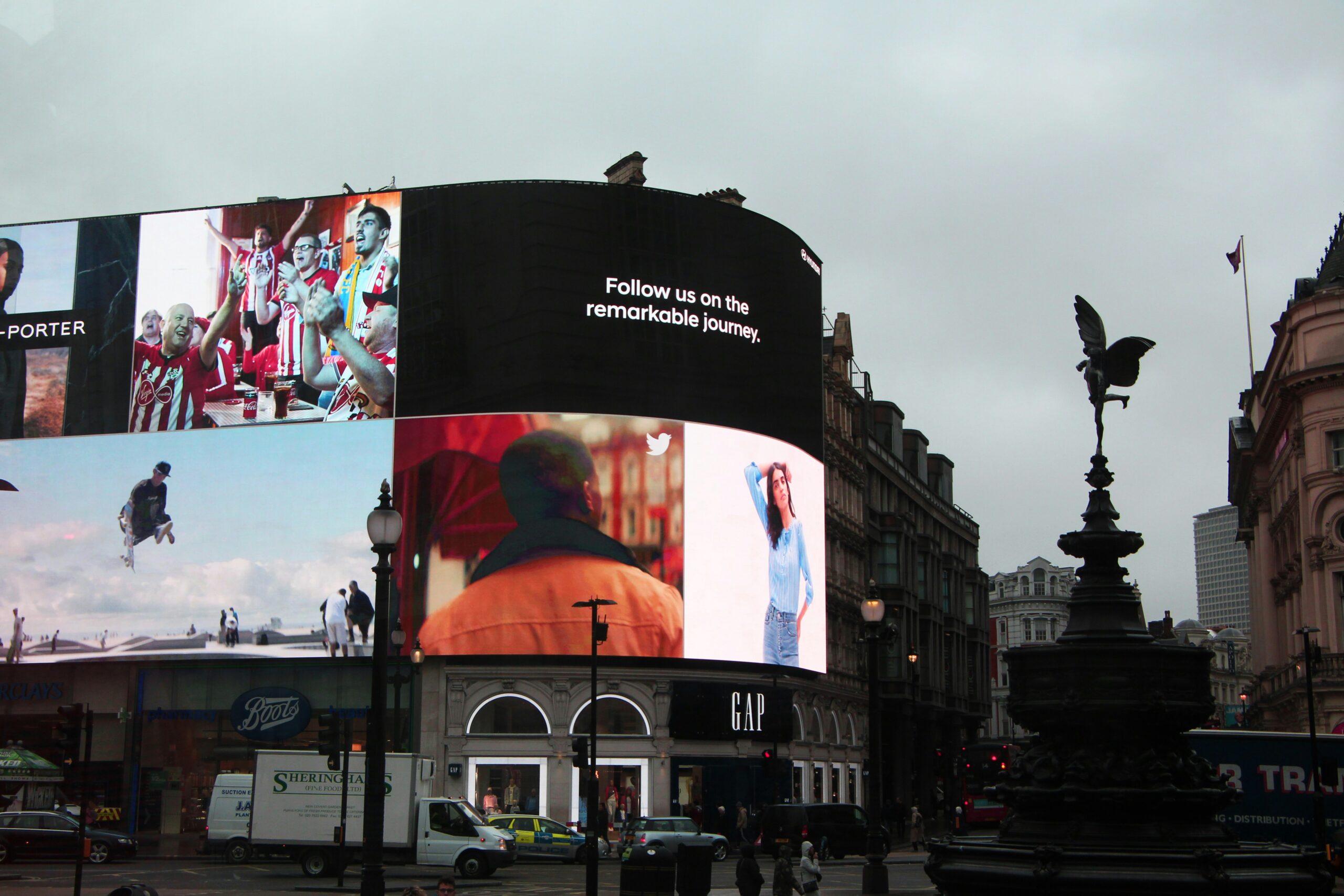Hyperlocal advertising has always been about precision. Reaching customers not just by city, but by street, neighborhood, or even proximity to a specific landmark. With the rise of AI-powered discovery and Large Language Models (LLMs), hyperlocal targeting is evolving beyond geofencing and radius-based campaigns.
Today, AI-driven hyperlocal advertising uses contextual signals, behavioral patterns, and predictive insights to deliver messages at the exact moment of intent. For SaaS SEO providers working with multi-location brands, this shift represents both a challenge and a massive opportunity: to move from broad local marketing to AI-optimized, hyper-contextual engagement.
Why Hyperlocal Advertising Is Evolving
Traditional hyperlocal advertising relied on:
- Radius-based targeting (e.g., within 5 miles of a store)
- Keyword-driven campaigns (e.g., “pizza near me”)
- Static audience segments
AI transforms this model by integrating:
- Geospatial intelligence; not just where a customer is, but where they’re going.
- Predictive signals: anticipating when a customer will need a product or service.
- Contextual layers: factoring in time, weather, events, and personal preferences.
For example:
- A coffee chain can target commuters with breakfast offers before they reach a transit hub.
- A pharmacy can surface flu-shot promotions only in zip codes with rising flu cases.
This level of personalization wasn’t possible before AI-driven targeting.
How AI Enhances Hyperlocal Strategies
1. Predictive Audience Targeting
AI models analyze location histories, movement patterns, and seasonal demand to predict where customers will be and what they’ll need. This goes beyond demographics, it’s about intent forecasting.
2. Contextual Ad Delivery
LLMs process unstructured signals such as queries, reviews, or event calendars and match them to advertising opportunities. Example: if a user asks, “Where’s the best sports bar near the stadium?”, ads from local bars can be surfaced directly into AI-powered search or voice recommendations.
3. Dynamic Creative Optimization (DCO)
AI can personalize ad copy, offers, and visuals by location. A national retailer could run different creatives for downtown vs. suburban stores. Automatically adjusted in real time.
4. Cross-Channel Consistency
AI-driven hyperlocal campaigns can run across voice assistants, map apps, AI search engines, and social feeds, ensuring consistent local brand presence.
Challenges for SaaS SEO Providers
While AI-driven hyperlocal ads are powerful, multi-location brands face challenges:
- Data fragmentation: Without unified, structured listings, AI engines can’t reliably match ads to locations.
- Scaling personalization: Hundreds of locations mean hundreds of different creatives and attributes to manage.
- Attribution tracking: Proving ROI in hyperlocal campaigns requires tying digital impressions to offline visits and sales.
- Rapid ecosystem changes: Platforms like Gemini and Perplexity are new advertising channels, but strategies for them are still emerging.
Best Practices for AI-Driven Hyperlocal Advertising
1. Enrich Location Data
Ads are only as effective as the data behind them. Ensure listings include detailed attributes: hours, amenities, inventory, and services.
2. Leverage Predictive Insights
Use AI models to anticipate demand spikes (weather, seasonality, events) and align campaigns to those patterns.
3. Automate Creative at Scale
Ad platforms now allow AI-assisted creative that adapts by geography. SaaS SEO providers should integrate automation to manage hundreds of unique ads without manual work.
4. Syndicate Across Ecosystems
AI engines like ChatGPT, Perplexity, and Gemini are increasingly serving ads and recommendations. Brands must ensure consistent visibility across these discovery engines, not just on Google and Meta.
5. Track Offline Impact
Implement location intelligence tools that connect ad engagement with in-store visits, foot traffic, and sales conversions. This closes the loop on ROI.
The Role of Ezoma
Ezoma enables AI-driven hyperlocal advertising by ensuring business listings are structured, enriched, and syndicated across AI discovery platforms. For SaaS SEO providers, this means:
- Verified and consistent local data across 100+ platforms.
- Enriched attributes that allow AI engines to serve hyperlocal, context-driven ads.
- Real-time updates that ensure campaigns don’t fail due to outdated info.
- A scalable foundation for creative personalization and cross-channel targeting.
With Ezoma, multi-location brands advertise locally and intelligently, ensuring their message surfaces exactly when and where it matters most.
Hyperlocal advertising has always promised precision, but AI and LLMs are finally making it a reality. Instead of broad location targeting, ads can now anticipate needs, adapt to context, and personalize by block, neighborhood, or even moment.
For SaaS SEO providers, the future lies in combining structured data, predictive AI, and automated scale to help multi-location brands achieve competitive visibility.In the age of AI-driven discovery, the winners will be those who target moments of intent.\
Power hyperlocal advertising with AI-ready data.
Learn how Ezoma enables smarter campaigns for multi-location brands


